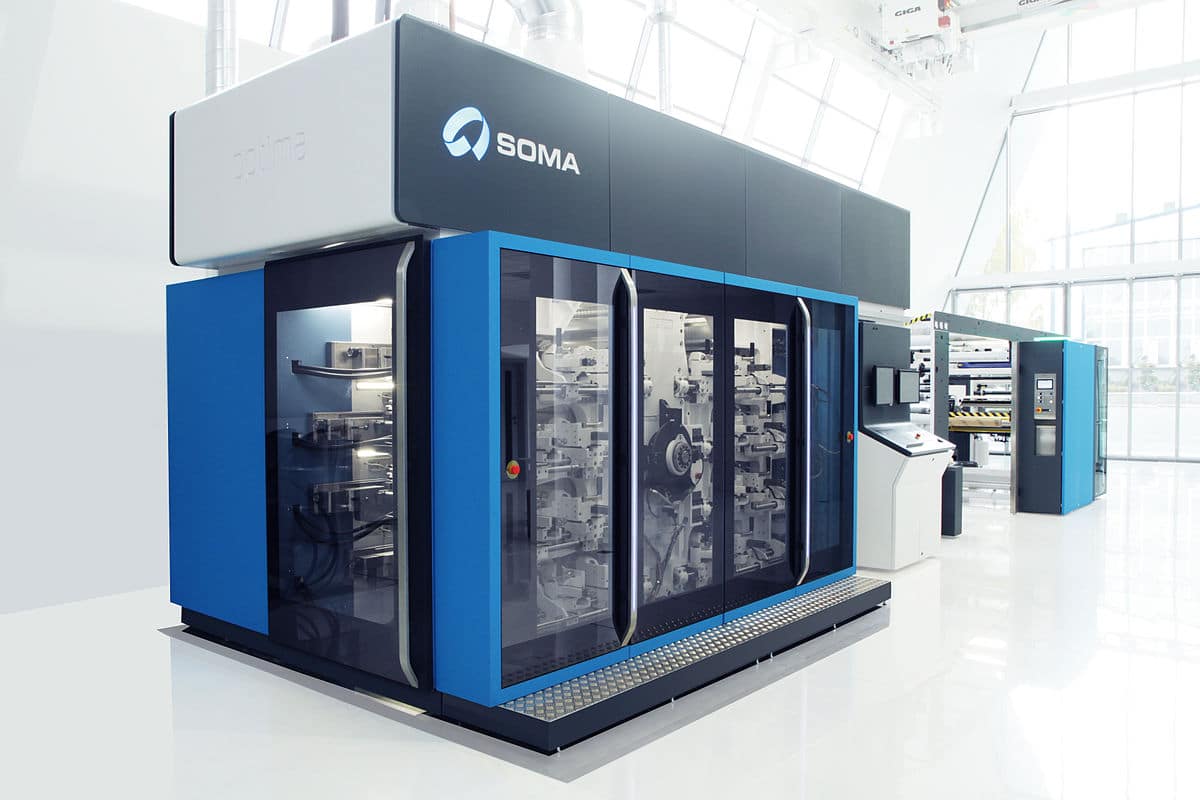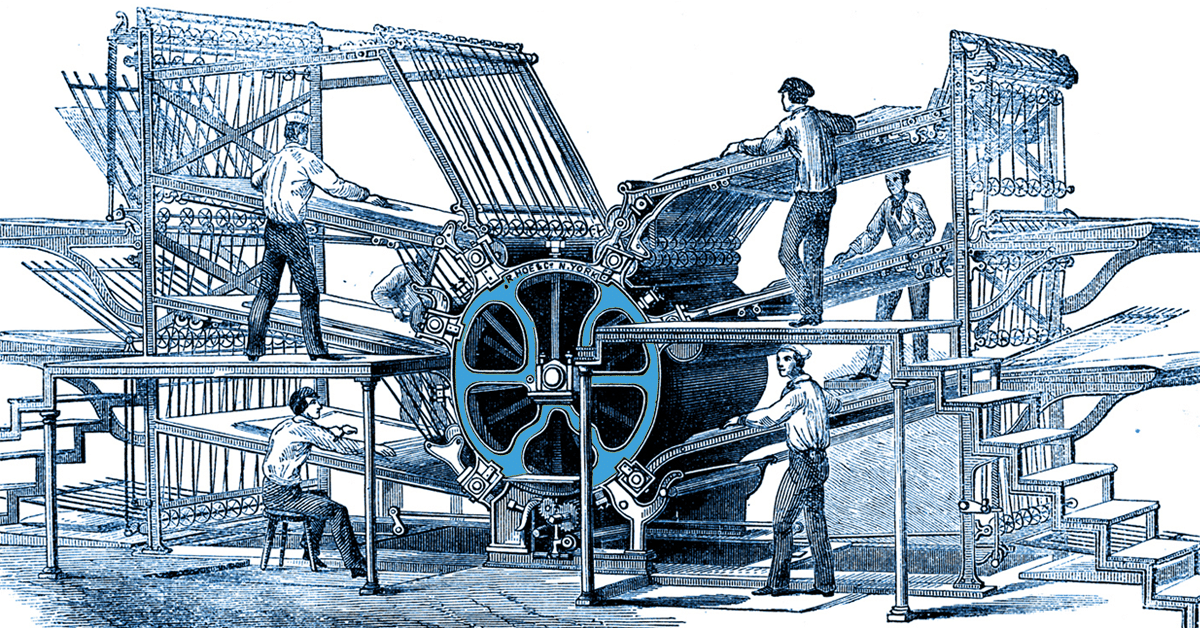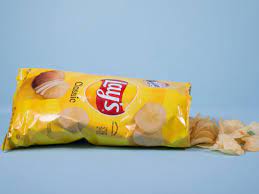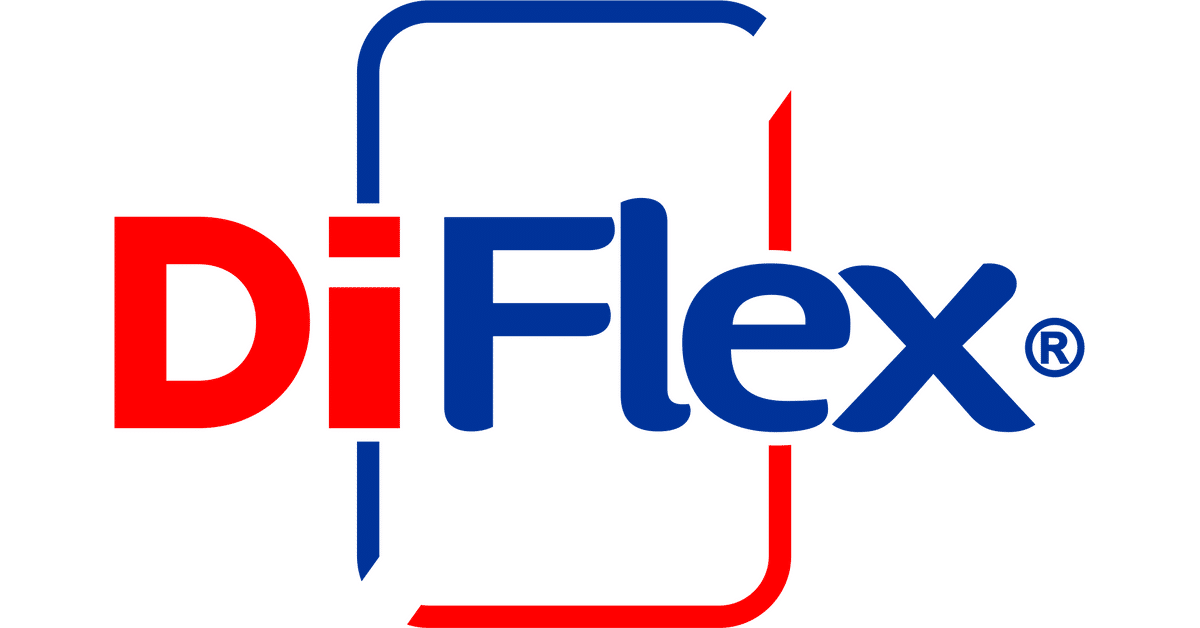
Source: Totalsafepack
The graphic arts have been very introduced in the world of graphic design. So much so that printing has become part of 50% of the total in the pieces of a design project.
In this post, we explain what flexography is, a type of printing that is widely used in every packaging design and not only that, but it is also part of the advertising and marketing sector. A way to communicate our company and project it in a more serious and professional way.
Here we describe the term flexography and we explain what features it has.
flexography

Source: Wikipedia
The term flexography or also known as flexographic printing, is one of the many methods and types of printing that exist in the world of printing. What characterizes this well-known method is that they employ the use of plates in the form of relief where it is printed on different substrates that in this case we know as films of polyester, nylon, metallic, paper, cardboard or textiles, which are not fabrics.
This printing method took place in the early 20s in the United States but belonging to France. From the first moment renamed aniline printing where much more prominence was given to the inks or small pigments used at that time. Decades and years later, it was renamed as we know it today, flexography.
a little more history

Source: Ongoing
In 1890 Bibby Baron designed the first machine which consisted of an assisted printing cylinder of color towers on the perimeter of a drum in order to print paper bags. The truth is that the invention as such was not successful, but it is really considered the origin of the first flexography printing machine as we understand it today.
A few years later, in 1905, the first flexographic machine was patented intended for printing paper bags, which used aniline oils diluted in alcohol as colorants. Twenty years later, this process was already known in Germany as rubber printing.
Flexography used as a printing process It was invented in France in 1905 by Houleg. It is a high relief printing system, whereby some areas of the plate are higher than others and are the ones that leave their impression on the paper.
The system is actually the same as that used by typography, the difference lies in the plates used. While in typography the plate can be more rigid, the material used in flexography, as its name suggests, is flexible and rubbery. In fact, in the beginning the process was known under the name of printing with gum.
Is most used method for stamping containers and packages. In the 50s, the technique developed printing with alcohol and water-based inks instead of using the traditional aniline ones, which were much more toxic. Later the use of plates based on photopolymers instead of the rubber ones, it has meant a revolution in the technique.
Machinery
In the printing sector, three architectures are available that differ from each other and that each one adjusts to the flexo machine.
The main ones are: central drum flexo printing machines, stack flexo machines and inline flexo machines.
These machines are made up of: an anilox roller that facilitates correct printing, a doctor blade system with an ink chamber that supplies the necessary amount of pigment inside the roller, a plate cylinder on which the printing plate is installed, a printing cylinder on which the substrate rests as the printing plate presses it, and an inking system.
Our Process
The process is very simple as during the printing process the ink is pumped through the interior of the doctor blade system ink chamber that we have mentioned above. Inside said chamber, we find two blades that pick up the ink while it is in contact with the anilox roller.
This roller moves and rotates so that its surface comes into contact with the relief of the printing plates that are on the cylinder, thus transferring the ink collected by the doctor blades.
Advantages and disadvantages
Advantages
The advantages of this printing system are very important in absorbent media or paper that compete in the offset market.
- The machinery is of lower cost, that is, these machines are quite cheap if we compare them with offset and hollow printing, and similar results are achieved in some projects that are carried out.
- It does not stain or leave a mark on its back since it is a fairly flexible machine despite its high relief.
- The plates are also quite cheap and inexpensive, meaning the materials are cheap and cost effective for small to medium jobs. Even so, they are still considerably more expensive than offset plates.
- They contain great printing speeds, that makes the process even faster and easier.
- There is a determining constancy in color, that is, the inking system allows color control to be maintained throughout the print run, which guarantees the fidelity of its reproduction.
- The versatility of being able to print on absorbent and non-absorbent supports, in addition to being able to use the most diverse formats, allows the production line to suits many different types of markets.
Disadvantages
There are very few drawbacks that exist in flexography, many of them are:
- Generates a squash effect which impairs intonation and color matching.
- The low rulings due to the type of plate used, mean that the quality of the image is not high enough.
- There is a deformation since the four-color process tends to have certain limitations.
Applications

Source: Business
The best-known applications in this type of printing are usually seen above all in different food products, that is, in each one of the manufacture of the wrappers. That is why, as we have mentioned before, the packaging sector. This is why we usually find:
- Wrappers and packaging
- Cellophane or Plastic
- More complex materials such as tetra- briks
- Milk and beverage containers
- corrugated cartons
- Clutch
- flexible packaging
- folding boxes
- Gift Wrap
- multilayer packaging
- Paper bags and plastic bags
- rigid paper boxes
- Individual packages such as glasses and containers and labels and brands.
Flexography Companies

Source: Rojaflex
diflex
diflex is a company founded in 1995 and based in Madrid (Spain), is a successful company, which in a short space of time, the company has earned a reputation for quality, consistency, short delivery times, a high level of service and constant innovation.
It is a company with a clear vision and a vocation for leadership that bases its success on the experience of its staff, and that does not mind investing in excellent work facilities and the most modern infrastructure.
Esko
Esko introduced HD Flexo to the world of flexo printing, and since then companies have been moving away from gravure production. The benefits are too good to ignore: for the first time flexo printing rivals the quality of gravure and letterpress printing.
Atef
It is the common technical platform for national flexography companies and for the entire value chain, providing all the necessary tools that allow printers to carry out or improve their work from different areas and sectors.
Providing information and knowledge through its annual technical conferences, training, technical articles, regular meetings, monthly newsletters and belonging to FTA Europe, the Flexographic Technical Association, which represents the common interests of the European flexographic printing industry.
Fine
Fina has its origins in the family business Rotogravure Fina, founded in 1974, specializing in printing flexible media for consumer packaging. today fine, offers advanced and customized solutions, in gravure and flexography, to leading food companies and other sectors.
In addition, it has a significant international presence, with exports to Germany, France, Portugal and the United Kingdom. Innovation, state-of-the-art technology and process excellence, with the utmost respect for the environment, are the keys to the Fina philosophy.
Conclusion
If you have reached the end of the post, we can only add that we hope you have learned more about this printing technique that has been in use for several years and has a history.
More and more companies are betting on flexography as the main means of production, since it is a highly demanded task in different countries. In addition, many of the products that we buy and that we consume in our day to day, in each of their packaging or wrappers, a different flexography process has been carried out.